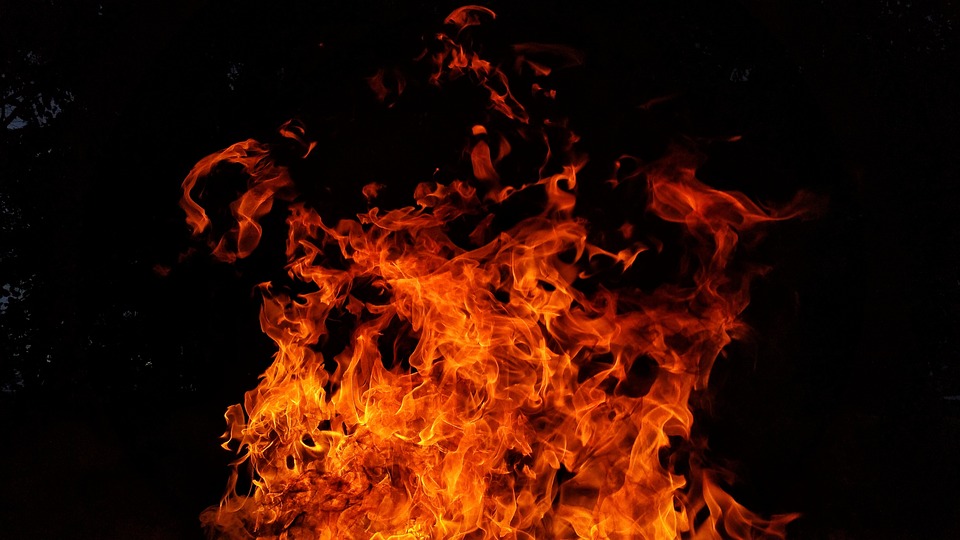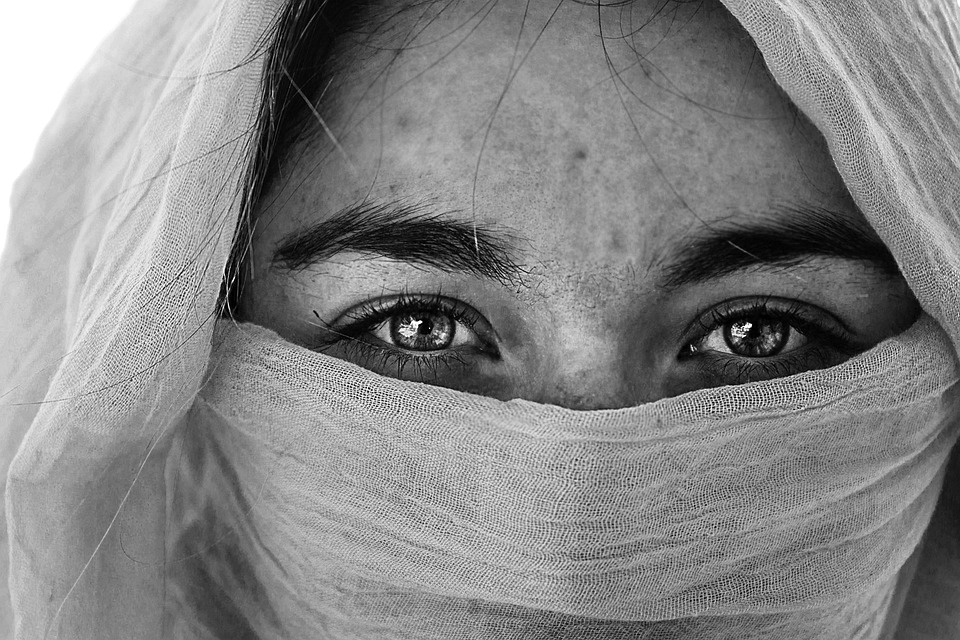Title: Life and Death in the Eye of the Storm: How Hurricanes Are More Than Just Wind
Hurricanes, nature’s most powerful storms, are traditionally feared for their destructive capability. While the violent winds and relentless rainfall that accompany these monstrous storms are often the focus of our concern, hurricanes are far more complex phenomena, birthed from a delicate balance of oceanic and atmospheric conditions. Within these swirling systems, a paradox of creation and destruction unfolds, influencing not only our environments but also the very essence of life on Earth.
Formation of Hurricanes
The birth of a hurricane begins over warm ocean waters, where the sun’s heat causes water to evaporate, fueling towering thunderstorms. When the rising warm air lowers the air pressure, surrounding areas with higher pressure attempt to fill the void, creating wind. These winds, having traveled a certain distance over the ocean, continue to gain moisture and warmth—a self-sustaining mechanism that can lead to the spiraling wind phenomenon known as a cyclone.
The Deathly Grip of Hurricanes
The intensity of hurricanes often gets the lion’s share of attention, for their potential to wreak devastation upon coastal habitats and human-made structures is profound. The high-speed winds—crushing, lifting, and flinging debris with ferocious energy—are only the beginning. The storm surge, a towering wall of water pushed ahead of the storm, serves as a deluge that can wash entire neighborhoods away.
Yet, even as hurricanes claim lives and livelihoods, they play a surprising role in the natural lifecycle of Earth’s ecosystems. Tropical storms, including hurricanes, contribute to the distribution and dispersal of seeds, fostering new growth in the aftermath of destruction. They can even replenish nutrients in the soil with the vast amounts of biomass they bring inland, breathing new life into ecosystems long after their winds have died down.
Close Encounters: Hurricanes and Humanity
For coastal communities, living with hurricanes involves a complex dance with nature. Towns and cities must be resilient, equipped to weather the storms’ onslaught yet also flexible enough to adapt and recover. Beyond the short-term impacts, however, lies a more insidious influence of hurricanes on global health. Studies have shown that the disruption of services and infrastructure in the wake of a major storm can lead to lasting public health crises, from waterborne illnesses to mental health challenges.
Looking Beyond The Wind
Yet behind the terrifying facade of a hurricane, science reveals a choreography of air and water that, in its complexity, mirrors the dance of life itself. The study of hurricanes is not just about defending ourselves against their immediate dangers, but also about understanding their role in the larger ecological and atmospheric processes that shape our world.
As we continue to delve deeper into the nature of these storms, we uncover more of their mysteries—how the variations in sea surface temperatures might affect their frequency and intensity, how changing atmospheric patterns contribute to their path, and how human-induced climate change might be playing a role in altering them—a topic worthy of our best scientific minds.
FAQs
Q: How do hurricanes differ from other storm systems like tornadoes?
A: Hurricanes are vast in size and power, originating over warm ocean waters, while tornadoes are much smaller, short-lived, and usually form over land due to differences in atmospheric pressure.
Q: Can hurricanes be beneficial in any way to ecosystems?
A: Yes, hurricanes can aid in ecological processes by helping with seed dispersal and replenishing nutrients within the soil.
Q: What are the long-term health impacts of living in areas frequently hit by hurricanes?
A: Long-term health impacts can range from chronic illness due to water and airborne contaminants, to mental health problems stemming from loss and the trauma of disaster recovery.
Q: How can we better protect our coastal communities from hurricanes?
A: Improved building codes, efficient evacuation plans, and investments in coastal defense mechanisms are all strategies used to protect coastal communities from hurricanes.
Image interpretation: An image illustrating the formation of a hurricane could feature swirling wind patterns over warm ocean waters transitioning into a landmass with clear delineation of the rising winds, walls of the storm surge, and the aftermath with both destroyed and flourishing flora.
Conclusion
Hurricanes exemplify nature’s dual character: bringing both life and death. They remind us that while we may be skilled at harnessing the elements, we are ultimately at the mercy of their whims. As we continue to study and respect the formidable power of hurricanes, we may find better ways to coexist with these awe-inspiring forces of nature.
(Image Interpretation: Not possible for the image but in writing, I would describe a visually striking diagram showing the birth and life cycle of a hurricane, with an inset depicting the aftermath showing both destruction and new growth.)


